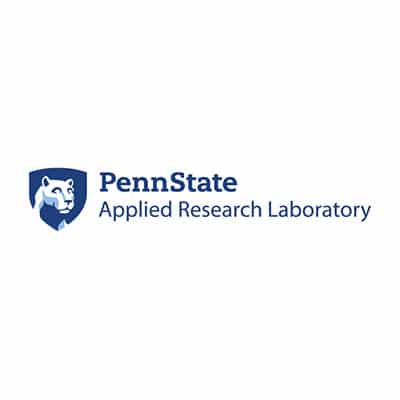


Hardware for the VIS-only Open Sensor Interface
Problem
Significant barriers exist related to in-situ process monitoring and the development of physics-based models for powder bed fusion additive manufacturing (PBFAM) processes. Monitoring process physics requires in-situ sensing throughout the entire build at the interlayer, intralayer, and meltpool levels. Achieving fidelity at these levels requires high-resolution, large field-of-view (FOV), and fast data rates—specifications largely unachievable by off-the-shelf in-situ sensors. Similar limitations apply to modeling since the requirements for interlayer, intralayer, and meltpool level modeling are fundamentally different. These limitations can be overcome using a multi-scale approach, but the problem is a mismatch of spatial resolution, temporal resolution, and fidelity, presenting a need for the development of methods to facilitate repeatable cross-calibration between multi-scale in-situ process monitoring sensors and multi-scale physics-based models.
Objective
The overall objective of this program was to provide a cross-correlation procedure specification (XPS) and sensor and model outputs in a digital format that would enable America Makes members to verify model-sensor cross-calibration. To achieve this objective, the effort sought to enable in-situ, off-axis sensing, in the VIS and IR bands synchronously, of a field-of-view around the processing laser position.
Technical Approach
The project team, consisting of the Applied Research Laboratory at the Pennsylvania State University (ARL) and Applied Optimization, Inc. (AO), collaborated on this effort to design and assemble an open sensor interface (OSI) hardware solution, designed and assembled by AO to enable synchronous acquisition of a pair of off-the-shelf in-situ process monitoring sensors (in the visible and mid wavelength infrared [MWIR] ranges) with a common field-of-view (~150 mm2) and viewing angle. Software was developed to align the OSI with the processing laser, creating a solution to consistently track the meltpool from an off-axis process monitoring system with minimal latency. The team executed a build plan designed to test the functionality of the off-axis OSI system and generate sufficient in-situ process monitoring data from the visible and MWIR sensors. The sensor data was then registered to the build plan coordinates to facilitate cross-calibration. Finally, the executed build plan was simulated using physics-based modeling software and demonstrated cross-calibration between the sensor and model results.
Accomplishments
The developed OSI created a solution that enabled repeatable cross-calibration between multi-scale in-situ sensing systems and multi-scale physics-based modeling of PBFAM systems. The project team successfully developed and integrated the OSI onto a commercial 3D Systems ProX DMP 320 PBFAM system. The non-obtrusive OSI system comprised a scanner system and beam-splitting optical assembly that allowed two interchangeable optical sensors to monitor process emissions within the same field of view. This solution significantly decreased installation and calibration time of the two sensors, which operated in the visible and MWIR ranges.
Software was developed to temporally and spatially synchronize the two sensors installed on the OSI, creating an off-axis solution for instantaneous melt pool tracking for the two sensors. PBFAM builds were performed to demonstrate the capabilities of the OSI setup and generated in-situ process emission data in the visible and MWIR ranges. With the OSI, time for installation and calibration of the sensors was reduced from days to just over an hour. Installation of the visible sensor and MWIR sensor took only 30 minutes, while complete alignment and calibration of the OSI took 45 minutes.
Simulations of the PBFAM builds were performed using the process modeling software AMP2 developed by AO. These models simulated the interlayer, intralayer, and meltpool scales of the process, resulting in data formatted for improved cross-calibration with the collected multi-scale in-situ sensor data. Cross-calibration was performed between the in-situ sensing results and physics-based models to demonstrate the improved procedure.
Project Participants
Project Principal

Other Project Participants
- Applied Optimization, Inc
Public Participants
- U.S. Department of Defense
